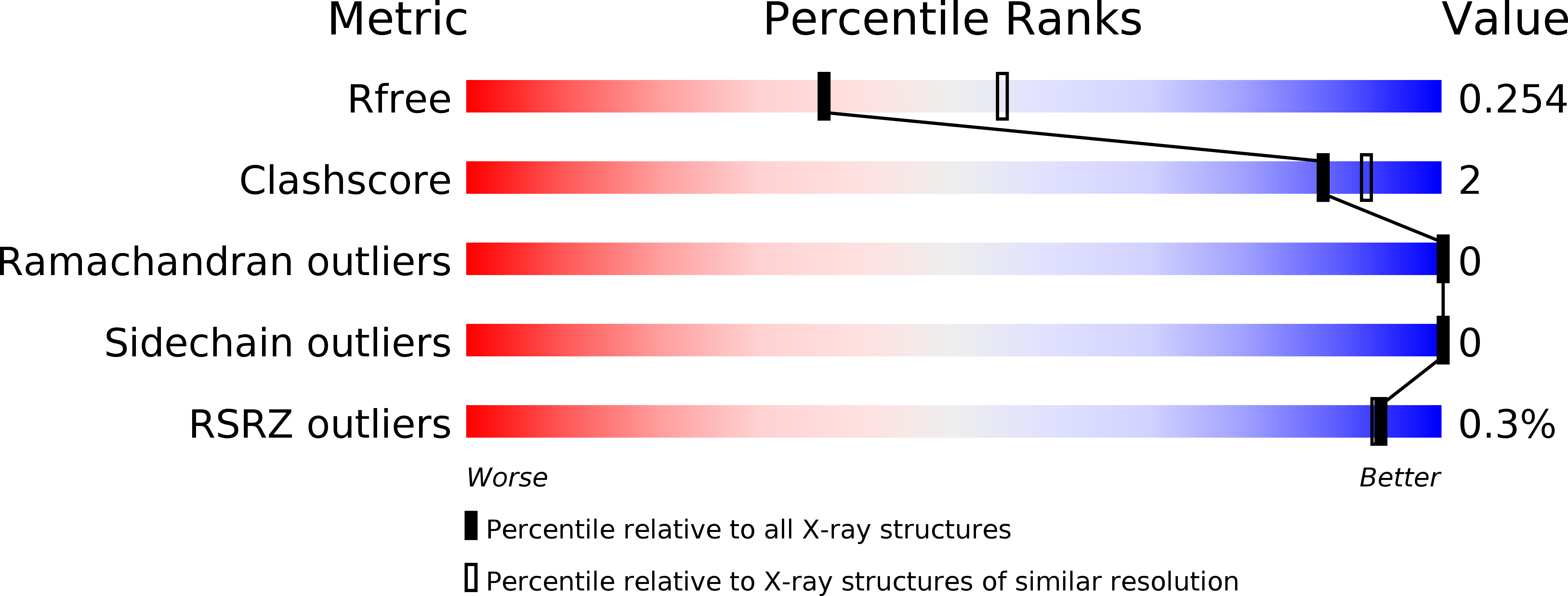
Deposition Date
2016-12-12
Release Date
2016-12-21
Last Version Date
2024-11-06
Entry Detail
PDB ID:
5MMZ
Keywords:
Title:
Structure of PRL-1 in complex with the Bateman domain of CNNM2
Biological Source:
Source Organism:
Mus musculus (Taxon ID: 10090)
Host Organism:
Method Details:
Experimental Method:
Resolution:
2.40 Å
R-Value Free:
0.25
R-Value Work:
0.22
R-Value Observed:
0.22
Space Group:
I 2 2 2


